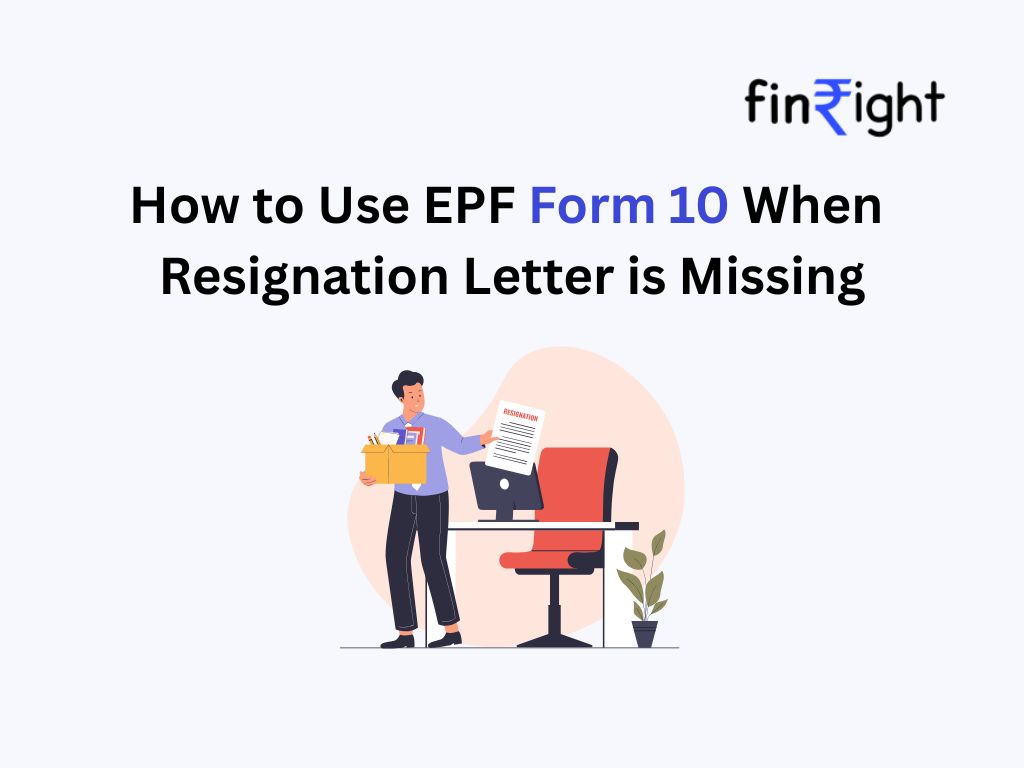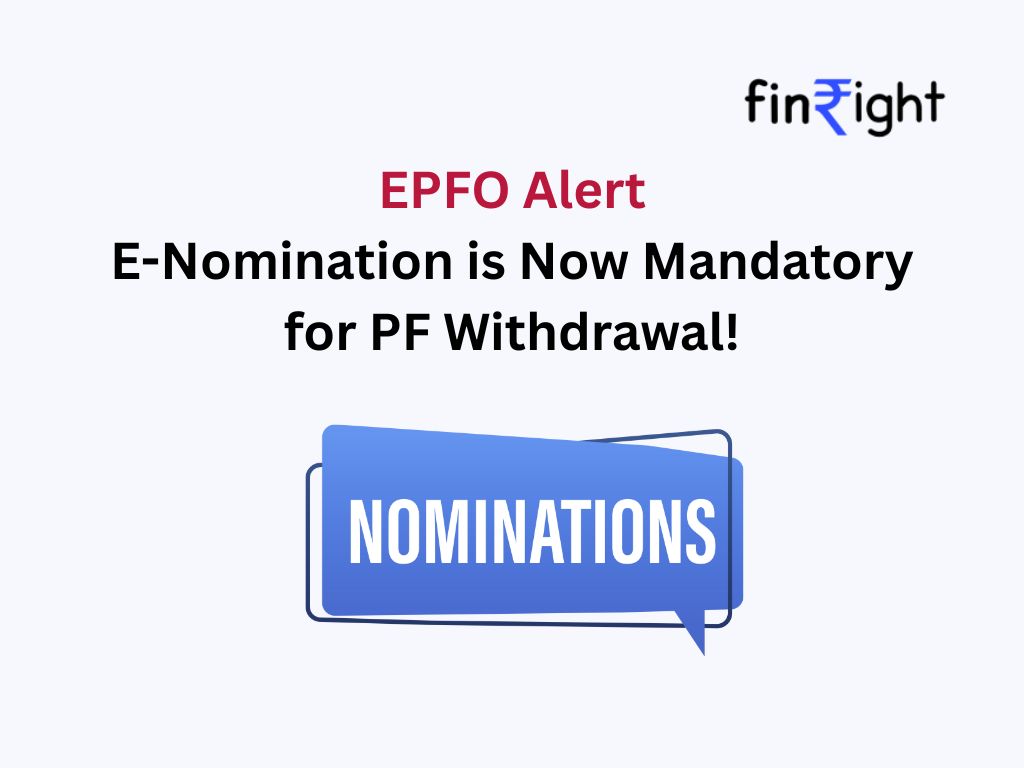In the maze of employment onboarding documents, Form 11 might appear as just another routine paper to complete. Yet, hidden behind its administrative simplicity lies the potential for significant financial and bureaucratic repercussions. Many employees, whether due to haste or lack of awareness, fill out Form 11 without fully understanding its implications, especially in relation to the Employees’ Pension Scheme (EPS). A single mistake while filling this form can lead to complications that might take years to untangle, impacting retirement savings, pension eligibility, and compliance obligations. This article will explore how such errors occur, why they persist, and how both employees and employers can safeguard themselves from long-term complications.
What is Form 11? An Essential Self-Declaration Document
Form 11 serves as a self-declaration tool under the Employees’ Provident Funds and Miscellaneous Provisions Act, 1952. It is mandatory for employees joining an organization that falls under the purview of the Employees’ Provident Fund Organisation (EPFO). The primary objective of Form 11 is to collect crucial information related to an employee’s existing Provident Fund (PF) account, Universal Account Number (UAN), and Employees’ Pension Scheme membership. This enables the employer to determine whether the new employee should be enrolled as a fresh EPF member or continue with an existing UAN.
Who Needs to Fill Form 11?
Form 11 must be completed by several categories of employees, regardless of their previous employment status:
New Joiners:
Any individual joining an organization covered under the EPF Act, 1952, must fill Form 11 at the time of onboarding. This helps establish their PF membership status from the very beginning.
Existing EPF Members Switching Jobs:
Even employees who have an existing UAN from previous employment must submit Form 11 upon joining a new organization. This allows for automatic transfer of the PF account, provided the employee’s prior details are accurately declared (this is valid for the member ID transfer after October 1,2017, before that you might need to initiate the transfer with Form 13)
International Workers Under SSA (Social Security Agreement):
Indian citizens returning from countries that have signed bilateral Social Security Agreements with India, as well as foreign nationals employed in India under eligible organizations, are also required to fill Form 11. This ensures compliance with both domestic and international social security obligations.
Detailed Structure and Key Fields of Form 11
Form 11 is designed to capture comprehensive employee data, ensuring accuracy in provident fund and pension account management. Key fields include:
- Personal Information: Full name, date of birth, gender, marital status, email ID, and mobile number.
- Employment History: Details of previous employers, UAN, date of exit, scheme certificate particulars, and pension payment orders (if any).
- EPS and EPF Membership Declarations: Whether the employee was previously a member of EPF or EPS.
- KYC Information: Aadhaar number, PAN, bank account details with IFSC code, and, for foreign employees, passport details.
- Employer Declaration: The employer must verify and certify all information provided, including the employee’s joining date, PF ID, UAN, and KYC credentials.

The Crucial Role of EPS Membership Declaration
Among all declarations made in Form 11, the EPS membership status is often the most misunderstood. Post September 1, 2014, a major policy shift took place: employees whose monthly wages exceed ₹15,000 at the time of joining are not eligible for EPS membership. Despite this, many employees either misunderstand or incorrectly declare their status.
Several factors contribute to this confusion, including lack of proper guidance from HR teams, misinformation from peers, and ambiguity in the form itself. Employees may unknowingly mark themselves as EPS members, triggering incorrect deductions and administrative complications.
The Common Mistake: Incorrect EPS Declaration During Onboarding
The majority of EPS-related issues stem from the onboarding phase. Employees, in a rush to complete paperwork or unaware of eligibility rules, often fail to verify their EPS membership status properly. Some rely on outdated advice or assume their employer will handle all compliance checks.
Compounding this issue is the lack of proactive verification by employers. HR and payroll teams may accept Form 11 submissions at face value without cross-checking wage eligibility or employment history. This creates a scenario where both parties contribute to a mistake that can take years to unravel.
Consequences of Incorrect EPS Declaration
An incorrect declaration of EPS membership can have far-reaching consequences:
- Misallocation of Funds: 8.33% of the employer’s PF contribution is incorrectly diverted to EPS instead of remaining in the employee’s EPF account.
- Reduced Retirement Corpus: Over time, this reduces the amount available in the Provident Fund account and lowers interest accrual.
- Loss of Pension Benefits: Since the employee may not actually be eligible for EPS, the funds contributed might not translate into any future pension payout.
- Compliance Challenges: Rectifying these errors involves complex coordination between employers, employees, and EPFO officials, consuming substantial time and effort.
The Complex Correction Process Explained
- Identifying the Mistake
Discrepancies often arise during PF withdrawal or transfer, typically due to mismatched EPS contributions or eligibility.
- Employer’s Role
The employer must revise Form 3A, amend the ECR, and provide a clarification letter explaining the error. These documents are submitted to the regional EPFO office
EPFO’s Verification and Correction Workflow
- Post-Interest Credit Corrections
The EPFO usually initiates corrections only after the annual interest has been credited to all members’ accounts, further delaying the process.
- First Come First Out (FCFO) Processing Delays
Corrections are processed on a first-come, first-served basis. Due to high volumes, even minor mistakes can lead to prolonged waiting periods, sometimes extending over a year.
Added Complexity: Inter-Employer Transfer Errors
- The War Between Previous and Current EPFO Offices
The situation becomes more entangled if the employee has already transferred their PF account to a new employer. The previous and current EPFO offices may dispute responsibility, leaving the employee stuck in bureaucratic limbo.
Prevention is Better Than Cure: Best Practices
Employee Checklist Before Filling Form 11
- Verify EPS eligibility based on salary and joining date.
- Confirm previous UAN and PF details are accurately recorded.
- Consult HR for clarifications when in doubt.
Employer’s Onboarding SOPs and HR Training
- Train HR teams on EPS eligibility rules.
- Establish verification protocols for Form 11 submissions.
- Educate employees during onboarding about EPS and EPF rules.
Importance of KYC Compliance and UAN Linking
Ensuring KYC details are fully linked with the UAN helps prevent discrepancies in PF transfers and withdrawals, offering greater transparency and security.
The Need for Systemic Improvements in EPFO Processes
- Introducing Automated Eligibility Validation
An automated system that flags EPS ineligibility based on salary and date of joining could dramatically reduce errors.
- Policy-Level Reforms for Simplification
EPFO could consider policy revisions that streamline correction workflows, minimize employer dependency, and offer faster redressal.
The High Price of a Simple Mistake
The seemingly simple act of filling out Form 11 without proper verification can snowball into a long, frustrating ordeal. Both employees and employers have critical roles in preventing these errors through education, diligence, and proactive communication. Additionally, systemic improvements from EPFO could significantly alleviate these recurring issues, ensuring smoother management of retirement savings for millions.
Need Help Fixing Your PF or EPS Issues?
Don’t let a small Form 11 error block your retirement benefits. Whether it’s a wrong EPS declaration, transfer delay, or withdrawal rejection — Finright is here to simplify it all.
FixMyPF by Finright helps you identify mistakes early and plan your EPF withdrawal smoothly for later.
👉 Don’t wait for rejection — get it right with Finright.
Frequently Asked Questions (FAQs)
What is the difference between EPS and EPF?
EPS (Employees’ Pension Scheme) provides pension benefits, while EPF (Employees’ Provident Fund) is primarily a retirement savings scheme that accumulates a lump sum.
Can I opt out of EPS after joining?
No. Once EPS membership is declared and accepted, opting out is complex and typically requires formal correction procedures involving both the employer and EPFO.
How long does it take to rectify an EPS-related error?
Depending on employer responsiveness and EPFO processing times, corrections can take anywhere from a few months to over a year.
What happens if my EPS fund is wrongly transferred?
If your EPS fund is wrongly transferred, you must coordinate with both previous and current employers to correct it. The employers need to jointly submit:
- Get ECR correction from that company.
- Revised Form 11 with a clarification letter
These documents are then submitted to EPFO. After verification, EPFO reallocates the EPS amount to your EPF account. The process can take a few months to over a year depending on complexity.
Who is responsible for filing a revised Form 3A?
While the employer is formally responsible, employees must proactively follow up to ensure timely and accurate submissions.
Can I correct Form 11 if I made a mistake during onboarding?
Yes, but corrections must be initiated through your employer. A revised Form 11, along with supporting clarification, needs to be submitted to EPFO.
Is EPS correction possible after PF transfer to a new employer?
Yes. Even after a PF transfer, both previous and current employers must jointly submit revised documents for EPS correction. You can use service of PF consultant like Finright who can help you with such comlex case of PF transfer and PF withdrawal.
Will wrong EPS contributions affect my PF interest?
No, incorrect EPS contributions do not immediately affect PF interest. The EPFO continues to calculate and credit interest on the available EPF balance as usual. However, when the correction is processed, EPFO will manually adjust the interest based on the corrected contribution amounts. Any shortfall or excess interest due to the wrong allocation will be recalculated and rectified during the correction process.
Can EPS contributions be withdrawn if wrongly credited?
No direct withdrawal is allowed. The amount can only be reallocated to your EPF account after correction by EPFO.
What is the salary limit for EPS eligibility?
Employees earning above ₹15,000 per month at the time of joining after September 1, 2014, are not eligible for EPS.
Does EPFO automatically validate EPS eligibility?
Currently, EPFO has no automatic system to flag EPS eligibility errors. Manual verification by the employer is essential during onboarding.





